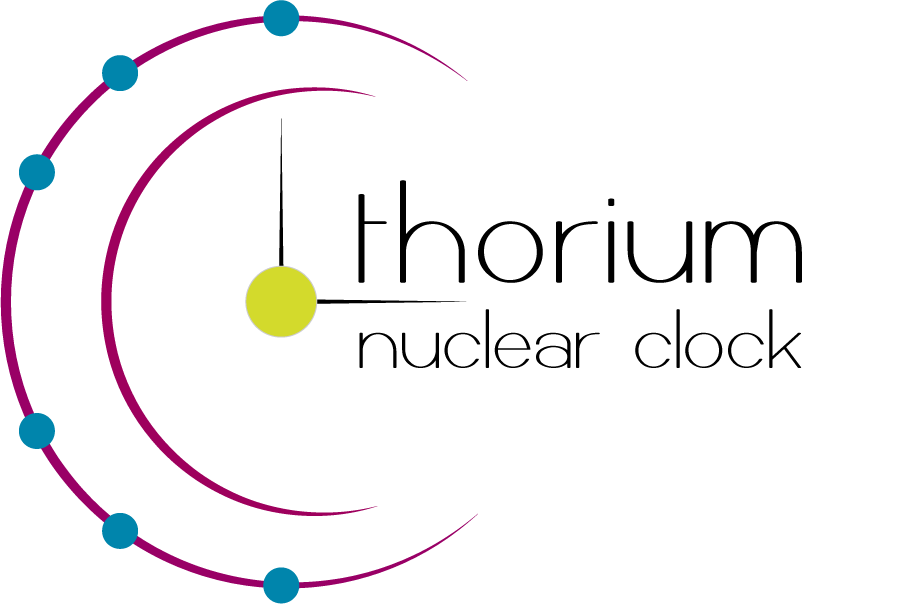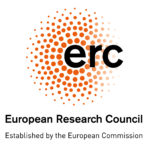Behind the scenes
LMU Team visits PTB Team to work on laser electronics
Members of the LMU team visiting the labs at the PTB site in Braunschweig. On the same occasion, the laser experts at PTB helped out with the troubleshooting of an instable laser which is planned to be used at LMU for the hyperfine structure spectroscopy of 229Th. It always pays off to exploit the possibilities of a synergy project!
New toy for growing new crystals
The benefit of this machine is that the growth is only a matter of hours, not days. We expect that the quality of the crystals will improve due to this new process.
It also allows us to change the diameter of our crystals freely, opening up new possibilities.
Stay tuned for more information on the grown crystals!
The crystals have arrived
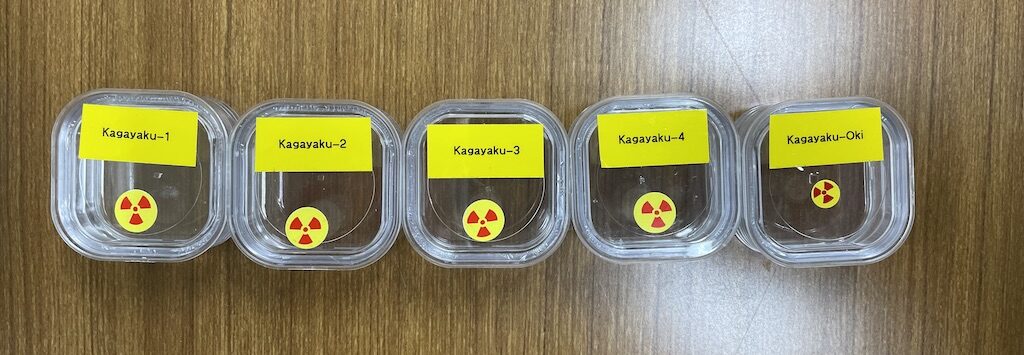
Thorium-doped crystals for Japan
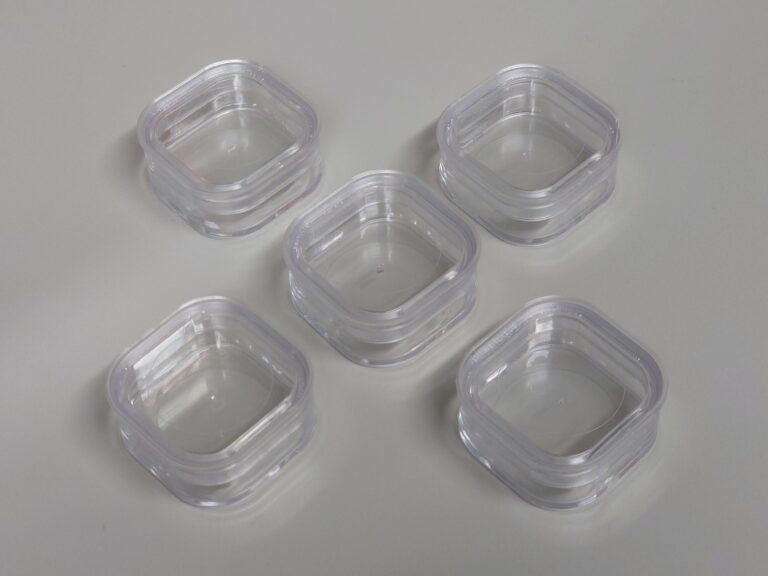
The TU Wien team cooperates with the Yoshimura group at Okayama U to excite the isomeric state of Thorium-229.
TU Wien provides CaF2 crystals doped with the isotope and Okayama U operates the SPring8 synchrotron to excite the nucleus with x-rays. For these experiments TU Wien developed new doped crystals that have 45% transparency at 150 nm and a doping concentration of 4 x 10^17 Thorium-229 ions per cubic centimetre. Also, the crystals have been cut and polished by TU Wien to small dimensions (1x1x1 mm) to make sure that the focused x-ray beam (0.5 mm2) hits all of the crystal and that there are no redundancies in the system.
All in all this means that signal increases a hundredfold and noise is reduced 8 times! With these improvements both teams hope to measure the isomer lifetime and energy in a crystal environment at the next beam time starting the end of January!
Are you smarter than us? Please use our open data!
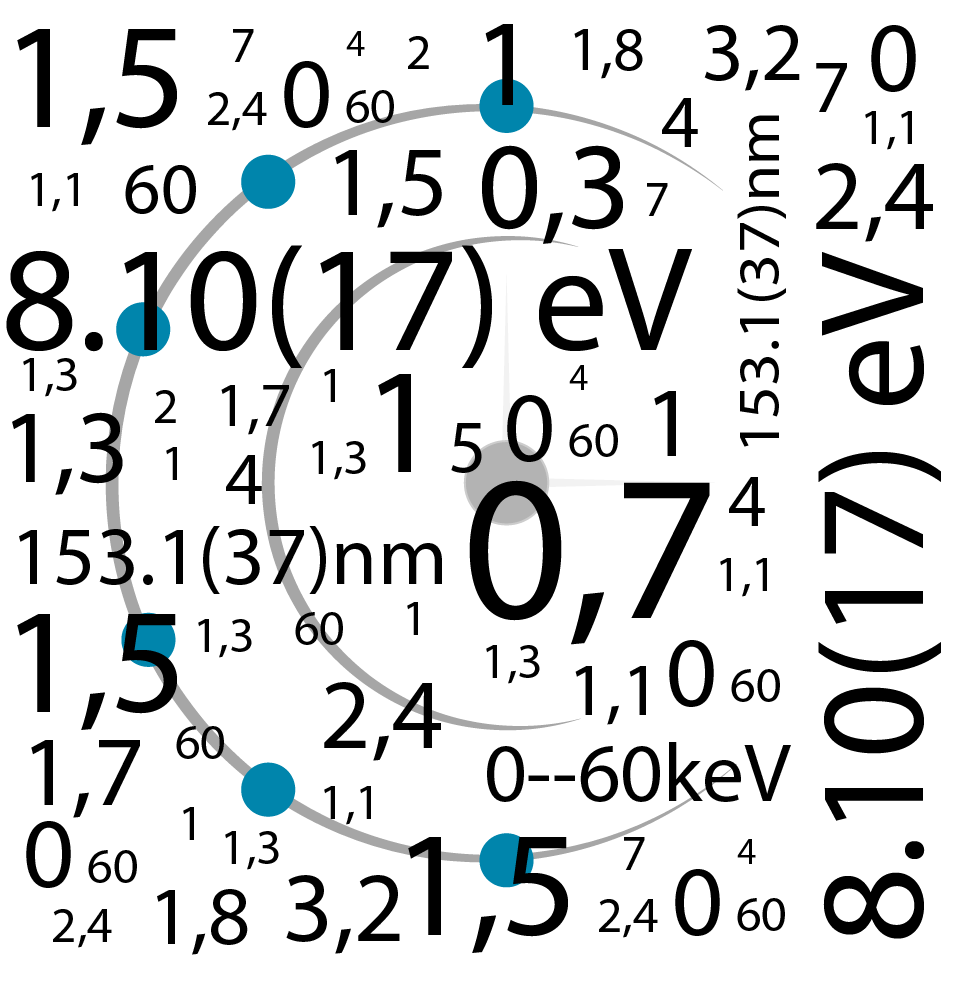
Our analysis of U-233 gamma spectra measured with the magnetic micro-calorimeter of Andreas Fleischmann and Christian Enss in Heidelberg is finished. It yields a new value for the Th-229 isomer energy, 8.10(17) eV, read the full article here: https://arxiv.org/abs/2005.13340
We have published the raw data online in the Zenodo repository, so you can check our analysis. Maybe you can do better than us?
Crystal growing and processing lab up and running
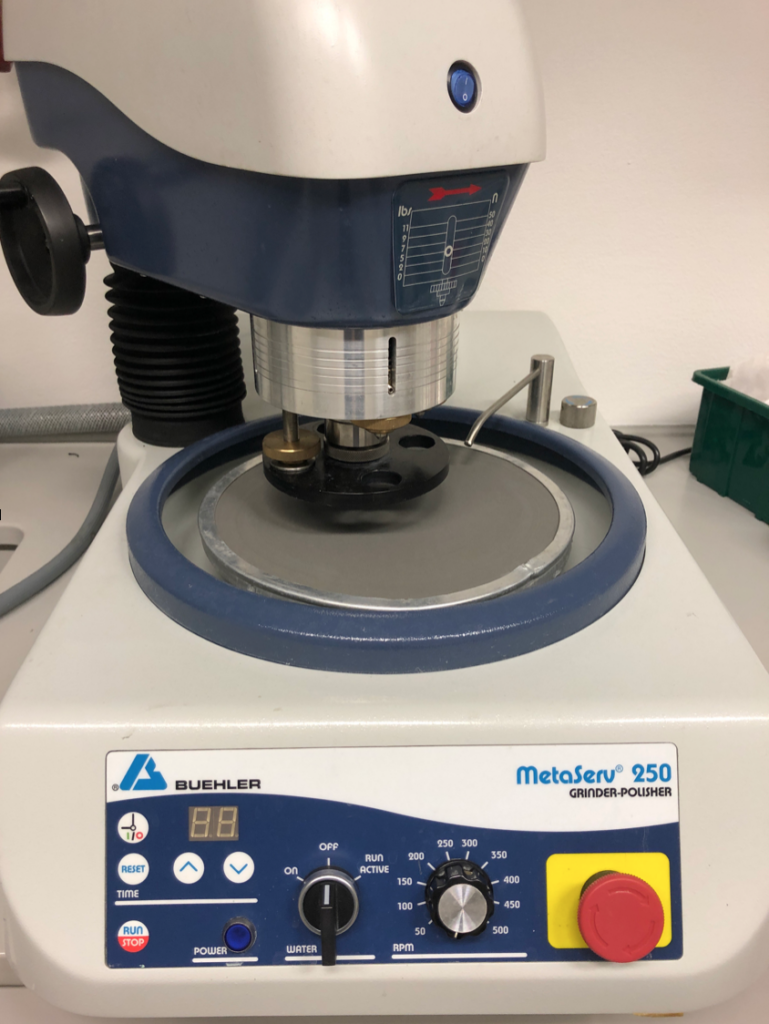
A dedicated lab for the growing processing (cutting/polishing) of doped crystals has been established at TU Wien. It has clearance for doping with radioactive substances and brand-new equipment. We are looking forward to grow crystals with 1018 cm-3 concentration in here. The one missing element is the new micro-pulling-down device, we are currently still using the Bridgman-Storckbarger (gradient freeze) system carried over from the nuClock project.

